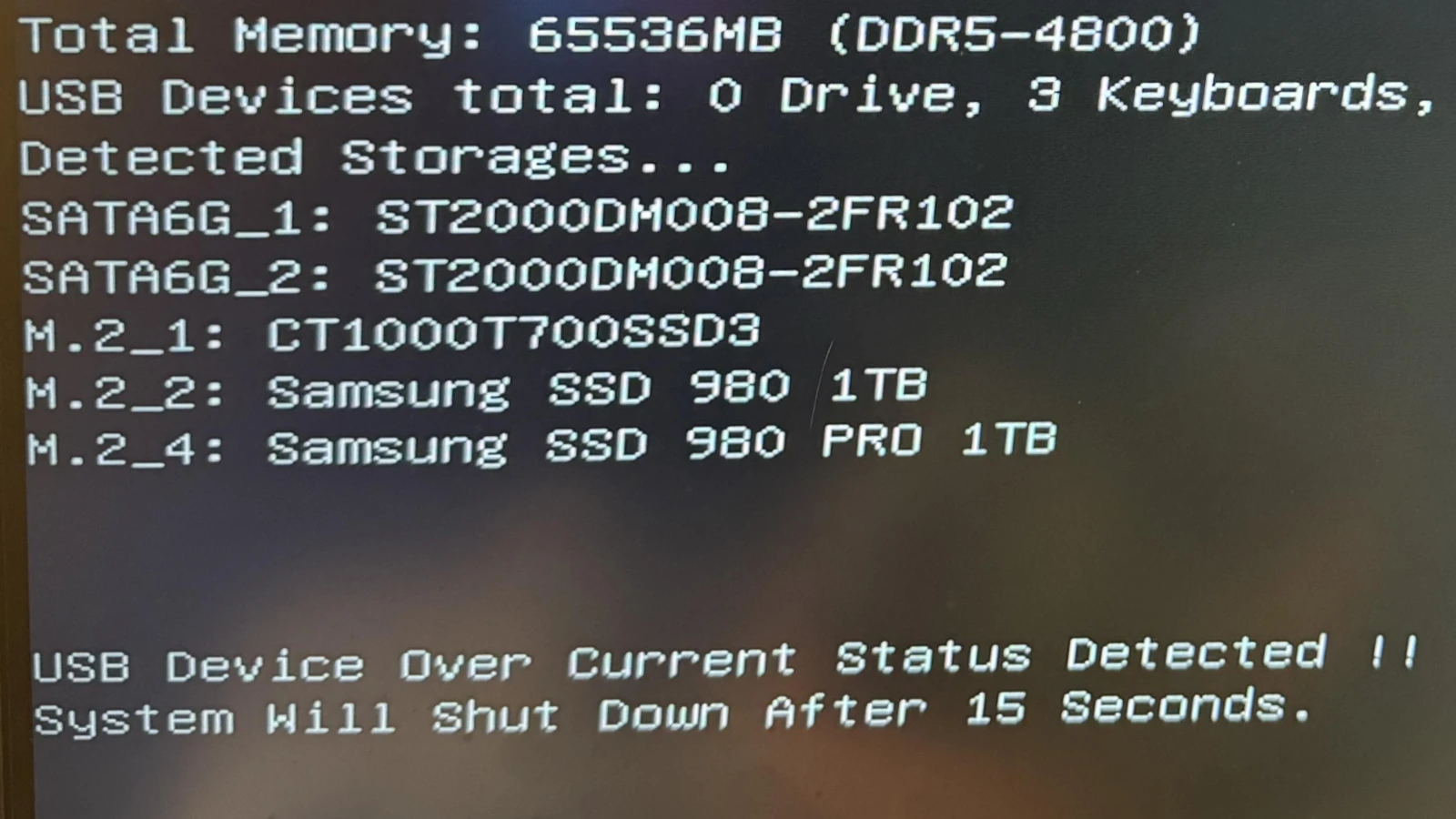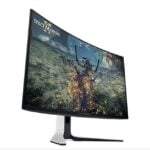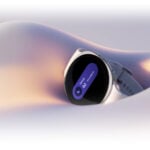USB device over current status detected is a common issue that can cause computer shutdowns. This problem happens when a USB port or device experiences a short circuit. The system shuts down to prevent damage to the computer or potential fire hazards.
When this error occurs, users may see a message saying “USB device over current status detected!! The system will shut down after 15 seconds.” This can be frustrating, but it’s a safety measure to protect your hardware.
There are several ways to fix this problem. One simple method is to unplug all USB devices and then reconnect them one at a time. This can help identify which device is causing the issue. Checking USB ports for bent pins is another helpful step.

Decoding the “Over Current Status Detected” Error: Troubleshooting USB Devices
Have you ever plugged in a USB device, only to be greeted by the dreaded “Over Current Status Detected” error? This message signals a power-related issue with your USB port or device. Let’s demystify this error and explore the common causes and solutions to get your USB devices working again.
Understanding the “Over Current Status Detected” Error
This error indicates that your USB port is detecting an excessive amount of current draw from the connected device. USB ports have a limited power output capacity, and when a device attempts to draw more power than the port can provide, this error message appears. This protective mechanism helps prevent damage to your computer and USB devices.
Common Causes and Troubleshooting Steps
Several factors can trigger an “Over Current Status Detected” error. Here’s a breakdown of the common culprits and how to address them:
- Faulty USB Port: The USB port itself might be damaged or malfunctioning. Try connecting the device to a different USB port on your computer. If it works in another port, the original port might be faulty.
- Damaged USB Cable or Connector: A damaged or frayed USB cable can cause power delivery issues. Inspect the cable for any visible damage and try using a different cable.
- Defective USB Device: The USB device itself might be drawing too much power or have a short circuit. Try connecting a different USB device to the same port. If the error persists, the original device might be defective.
- USB Hub Overload: If you’re using a USB hub, it might be overloaded with too many devices or devices that require high power. Try disconnecting some devices from the hub or using a powered USB hub that provides additional power to connected devices.
- Outdated or Corrupted USB Drivers: Outdated or corrupted USB drivers can sometimes cause power-related issues. Update your USB drivers to the latest versions or reinstall them.
- BIOS Settings: In some cases, BIOS settings might limit the power output of USB ports. Check your BIOS settings and ensure that USB power delivery is enabled and configured correctly.
Advanced Troubleshooting Tips
If the basic troubleshooting steps don’t resolve the issue, consider these more advanced options:
- Device Manager: Use Device Manager to check the status of your USB ports and devices. Look for any error messages or warnings that might provide clues about the problem.
- Power Options: Adjust your computer’s power options to ensure that USB ports are not being powered down to conserve energy.
- Hardware Diagnostics: Run hardware diagnostics tests to check for any underlying hardware issues that might be affecting USB power delivery.
Troubleshooting the “Over Current Status Detected” Error: A Summary
| Cause | Solution |
|---|---|
| Faulty USB port | Try a different USB port. |
| Damaged USB cable or connector | Replace the USB cable. |
| Defective USB device | Try a different USB device. |
| USB hub overload | Disconnect devices or use a powered hub. |
| Outdated or corrupted USB drivers | Update or reinstall USB drivers. |
| BIOS settings | Check and adjust USB power settings in BIOS. |
Key Takeaways
- USB over current status is a safety feature that shuts down the computer
- Unplugging and reconnecting USB devices can help find the problem
- Checking USB ports for damage is an important troubleshooting step
Understanding USB Device Over Current Status
USB device over current status is a serious issue that can damage computer hardware. It occurs when too much power flows through USB ports, potentially harming connected devices and the system itself.
Defining the Over Current Condition
USB device over current status detected happens when a USB port draws more power than it should. Normal USB ports provide 5 volts and up to 500 milliamps of current. When this limit is exceeded, the computer detects an over current condition. This can trigger error messages or cause the system to shut down as a safety measure.
The most common sign is an error message saying “USB device over current status detected.” This often appears during computer startup. In some cases, the message warns that the system will shut down in 15 seconds to prevent damage.
Common Causes and Diagnostics
Several factors can lead to USB over current status:
- Damaged USB ports with bent pins
- Faulty USB devices drawing too much power
- Short circuits in USB cables or devices
- Problems with the motherboard or power supply
- Missing jumpers on the motherboard
To diagnose the issue:
- Unplug all USB devices
- Check USB ports for visible damage
- Test each USB device one by one
- Inspect USB cables for damage
- Try different USB ports, including front and back ones
If the problem persists, there may be an issue with the motherboard or power supply. In this case, professional repair or replacement might be needed.
Troubleshooting and Resolution Strategies
Fixing USB device over current status issues involves checking hardware, adjusting BIOS settings, and addressing software problems. These steps can help restore normal USB functionality.
Hardware Inspection and Repairs
Start by turning off your PC and unplugging all USB devices. Plug them back in one by one to find the faulty device or port. Check for visible damage on USB ports and cables. Clean ports gently with compressed air to remove dust.
If the problem persists, open your computer case. Look for loose connections or damaged components on the motherboard. Pay special attention to the USB headers and power supply unit (PSU) connections.
Replace the CMOS battery if it’s old. A weak battery can cause various system issues, including USB problems. If you’re not comfortable working inside your PC, consider taking it to a repair shop.
BIOS and Software Considerations
Enter your computer’s BIOS setup. Look for USB configuration options. Make sure USB ports are enabled. Reset BIOS settings to default if you’re unsure about recent changes.
Update your BIOS to the latest version. This can fix compatibility issues with newer USB devices. Follow the manufacturer’s instructions carefully when updating BIOS.
Check power management settings in BIOS. Disable USB selective suspend if it’s causing problems. This feature can sometimes interfere with USB device detection.
Operating System and Driver Interventions
Boot your PC in Safe Mode to rule out software conflicts. If USB devices work in Safe Mode, third-party software might be the culprit.
Open Device Manager in Windows. Expand the “Universal Serial Bus controllers” section. Right-click on each item and select “Update driver.” Let Windows search for updated drivers automatically.
Uninstall problem USB devices from Device Manager. Restart your PC to let Windows reinstall them. This can resolve driver conflicts.
Check for Windows updates. Install any available updates, as they often include fixes for USB-related issues. Restart your PC after updating to apply changes.
Preventative Measures and Best Practices
Taking steps to protect USB ports and keep your system up-to-date can help avoid over current issues. These actions can save time and prevent damage to your computer.
Enhancing USB Port Protection
Use a surge protector for your computer and USB devices. This guards against power spikes that can harm ports. Avoid cheap USB hubs and cables. Low-quality gear may not regulate power well. Stick to trusted brands for USB accessories.
Clean USB ports regularly with compressed air. Dust and debris can cause shorts. When plugging in devices, be gentle. Rough handling can damage ports over time. If a port feels loose, stop using it and get it fixed.
Don’t overload USB ports. Check how much power each device needs. Spread high-power devices across different ports. Use powered hubs for multiple energy-hungry gadgets.
System Maintenance and Regular Updates
Keep your computer’s software current. This includes the operating system, drivers, and BIOS. Updates often fix power management bugs that can lead to over current problems.
Run a malware scan weekly. Some malicious programs can mess with USB power settings. Use Windows Update or go to your motherboard maker‘s website for the latest BIOS version.
Check Device Manager for yellow warning signs next to USB controllers. These flags can point to driver issues that affect power delivery. Right-click and update drivers if needed.
Set up automatic updates for your system. This way, you won’t miss important fixes. If you’re tech-savvy, learn how to safely update your BIOS. A fresh BIOS can improve USB stability.







